# 13 Journey to a Lesser Visited Region of Japan: Itoshima
On overtourism and following curiosity
Japan has been in the news for being overtouristed.
The number of people allowed to climb Mount Fuji has been limited due to rising accidents and prior booking is now a must. A convenience store with a view of the mountain’s famous peak felt compelled to place a barrier to keep Instagrammers away. Kyoto has become more proactive in tackling overtourism, such as closing alleys from visitors to protect the geishas from being harassed. And in Tokyo, you cannot visit the Ghibli Museum unless you have reserved tickets long in advance.
With the yen at it lowest level since 34 years, even more travelers are expected to flock to the country.
Is it still a good idea to travel to Japan? Can you find quiet places where your presence isn’t a nuisance? What’s life like in a less-touristed region of Japan?
Escape From City Life
Daniel and I took off with the disadvantage of a 2 a.m. flight in Da Nang (Vietnam) and a long layover in Seoul (Korea). But we arrive with the convenience of Japanese transport and the gift of hospitality.
The international terminal at Fukuoka airport is being renovated and more chaotic than it’s supposed to be. Still, we locate the ATM machine and the free shuttle bus to the domestic terminal without trouble. We board the subway with our rechargeable cards and travel alongside a throng of commuters. In less than an hour and with only one transfer, we arrive at the Chikuzen-Maebaru station in Itoshima, where our host is waiting to pick us up.
The Itoshima peninsula is green with mountains and farmland and quiet with contemplation. Residents from Fukuoka and beyond come here year-round to escape their city life. There are spring cherry blossoms and pick-all-you-can-eat strawberry fields, summer beaches and European-themed cafes, autumn trees and artisanal puddings, winter oysters and sacred rocks.
Itoshima, in short, is not a hidden gem and knows how to draw visitors. But it’s not often on a foreigner’s tourist map.
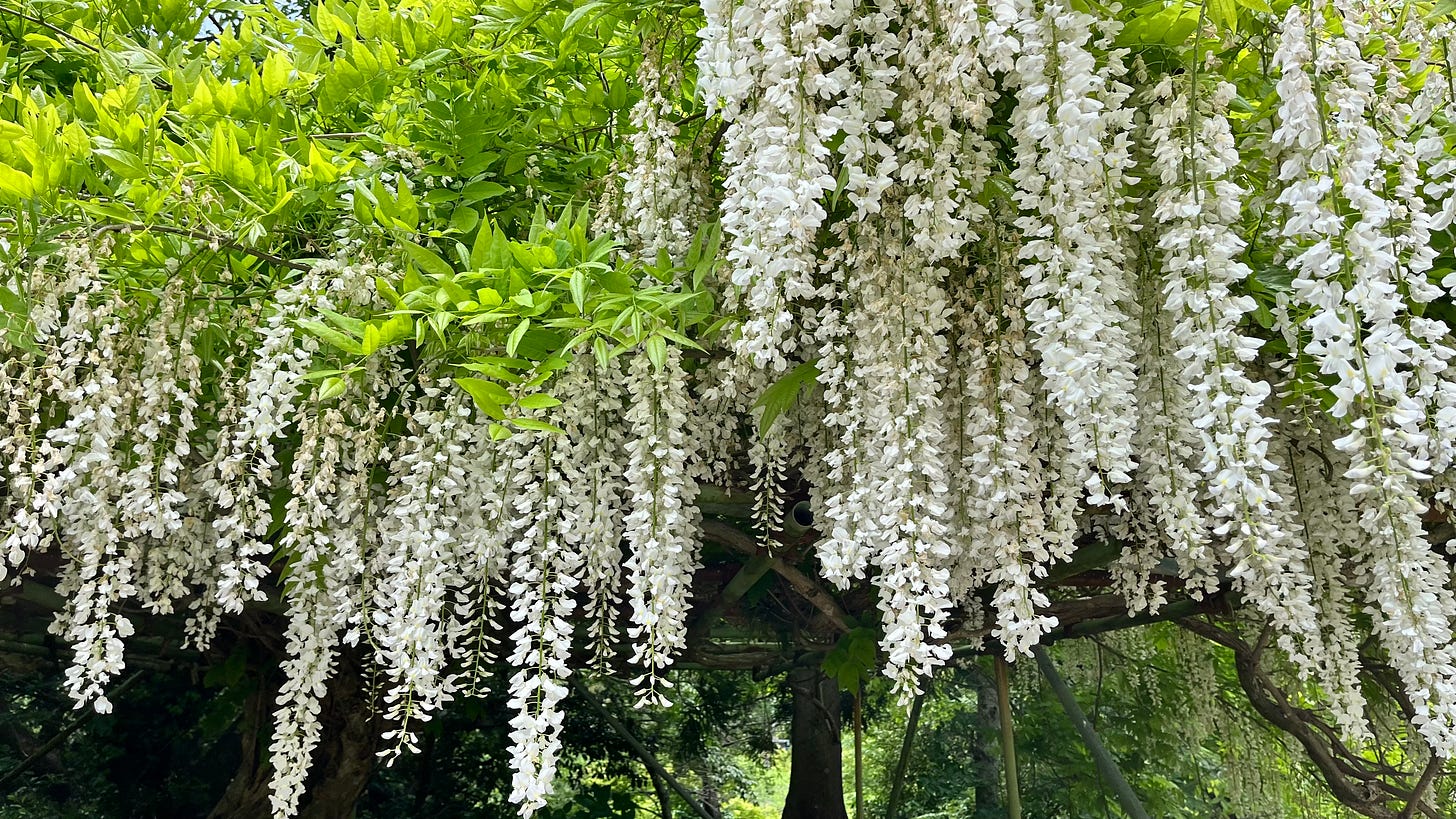
Our goal was to travel to a less visited region of Japan, yet we couldn’t decide where to go. Every faraway corner seemed equally interesting. So we let ourselves be guided by coincidence, curiosity, and human connection. When we met our host online and saw her wooden house on the coast, we just knew this was the place for us.
Raked Gravel
Our host welcomes us as though we’re old friends and gives us the lay of the land. Her English is perfect and we count ourselves lucky. After a long night of sleep, we receive recycling instructions and rules (no cycling in the compound), before she takes us on a tour. We’ve barely researched what Itoshima has to offer—we’ve come to write and just be for a month—and I eagerly make notes.
We visit the artisan soy sauce manufacturer in the Funakoshi fishing port we now call home. They use the purest source water for their products and residents like us are allowed to fill up our bottles free of charge. The factory operates in a hangar-type building and has a little builtin shop. They sell at least five varieties of soy sauce and a creamy rich pudding (a gift from our host) that tastes divine and reminds me of Brittany’s salted caramel crème brûlée.
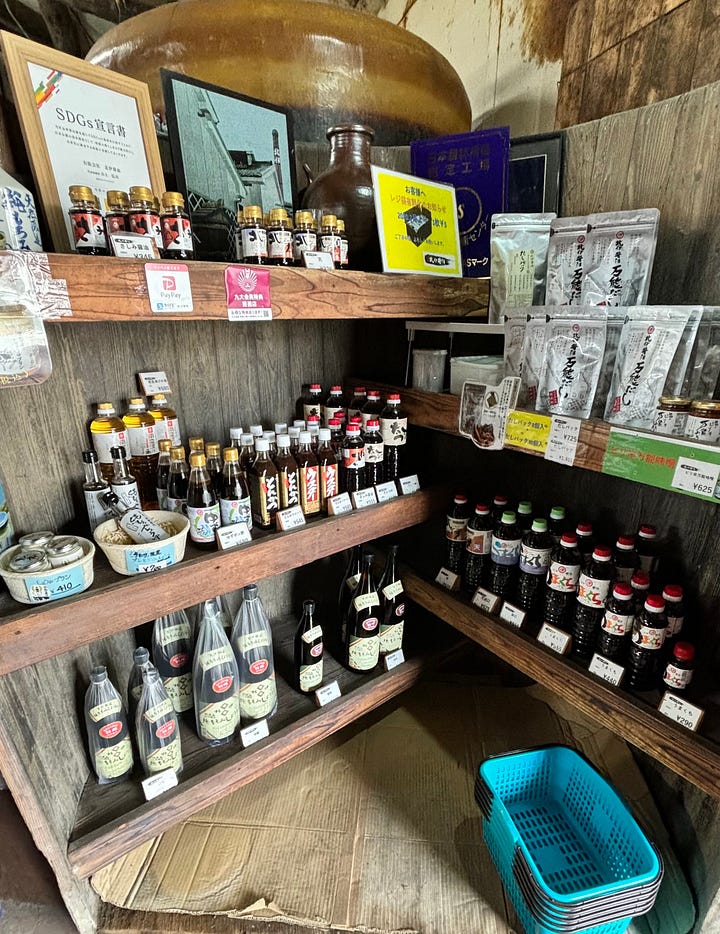
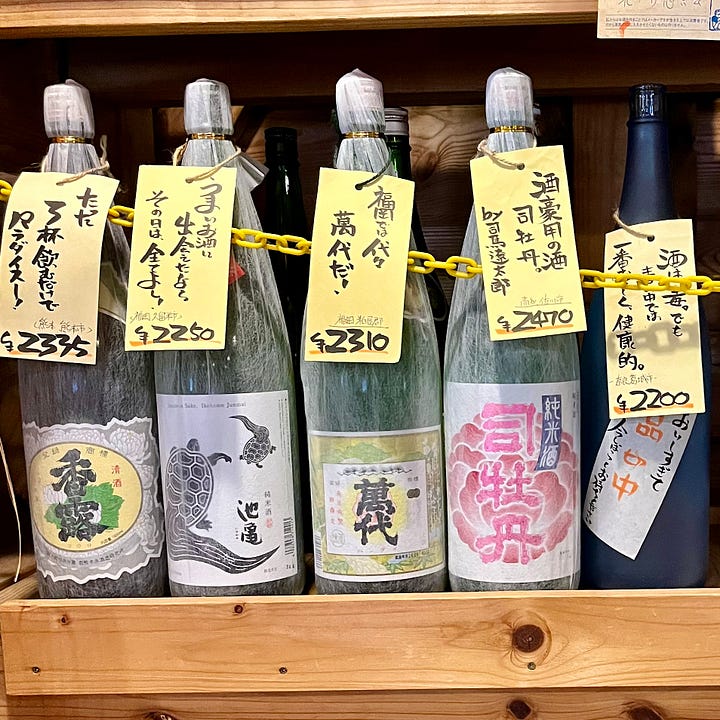
We have no time to visit Itoshima’s most popular site, the white Torii gates in the ocean framing two large rocks that are known as husband and wife. The rocks are connected by a shimenawa straw rope usually used at Shinto shrines to indicate a divide between the sacred and the secular. Here the connected rocks symbolize eternal love or more simply: a happy marriage.
We do have time to climb up to the Sakurai Shrine of which the Torii gates are part. The shrine is built in 1632 during the early Edo period and recognized as a National Important Cultural Property.
I weave between the ancient buildings and cedar trees, and let the harmony invade me. The curve of a tiled roof, a tree branch, a statue, a mountain peak. Nothing is exceptionally beautiful on its own yet together they create a sense of union and meaning. It doesn’t feel strange to me anymore that monks rake the gravel.
Forgiven For Not Fitting In
We meet the host’s brother and his wife for lunch at what proves to be an excellent Italian restaurant. We stand in silent shyness first, barriers of language and culture between us. But our mutual recognition of our helplessness also creates a bond during our meal. As much as our communication is impaired, it’s obvious we all mean well and are glad to be in one another’s presence.
The chef and his wife don’t seem to mind either that I communicate in smiles and broken Japanese. Did I just tell them their dishes were funny instead of delicious? As a gaijin, a stranger ignorant of tradition and custom, I am fortunately forgiven for not fitting in.
At sunset, Daniel and I find ourselves on the compound’s private beach. It’s low tide, and I wander between rocks overgrown with seaweed and moss. The light from behind the clouds is like something spilt by a god.
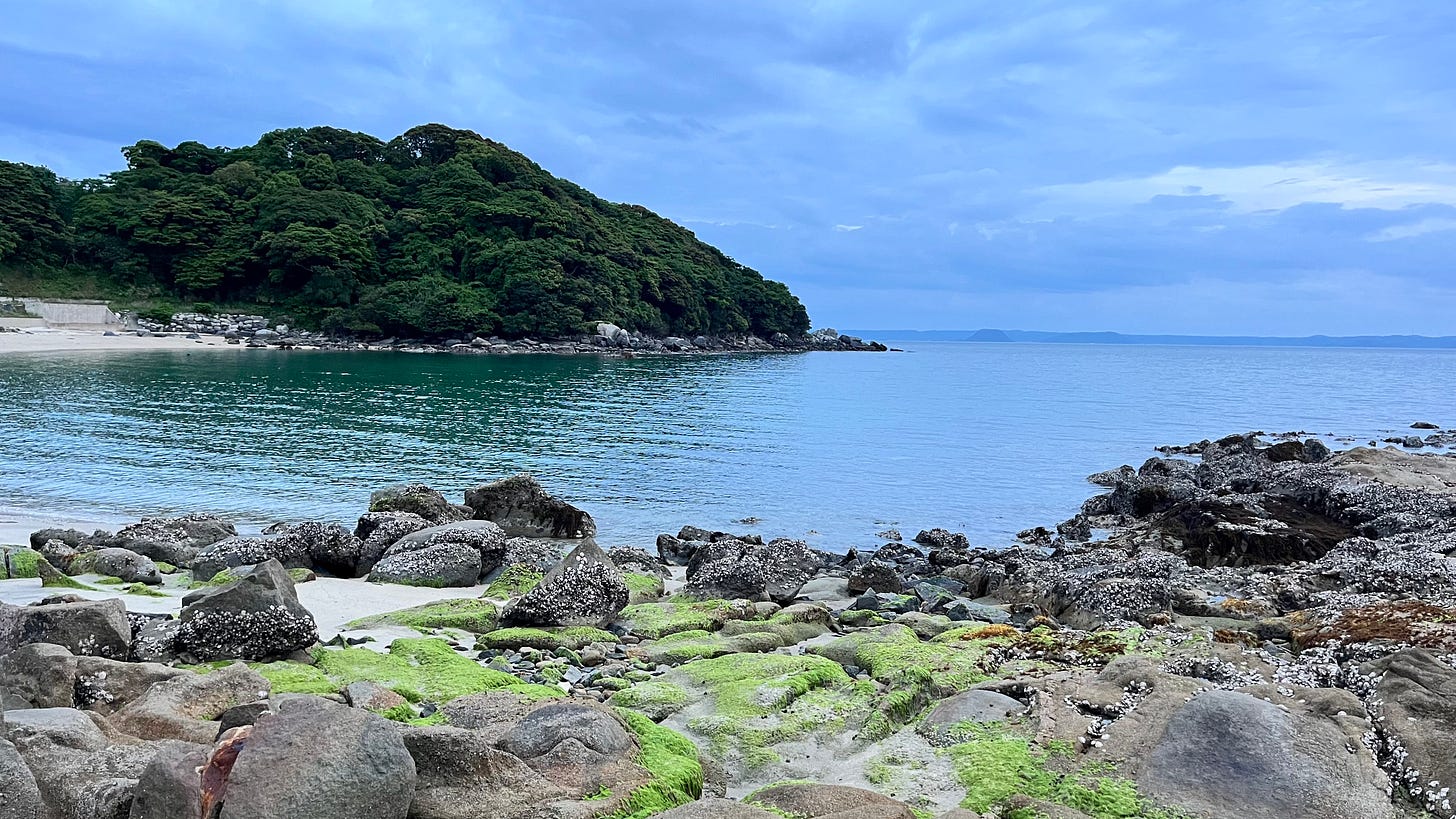
Living in a Poem
The next day, it rains nonstop. Our house has a glass front and a wide view of the bay that lies below us like a lake. We watch layers of grey upon grey, wisps of mist skirting the mountains.
“It’s like living in a poem here,” Daniel says. “What did I do to deserve this?”
My language app teaches me how to say, “It’s very quiet here,” and that sounds like a poem, too: “Koko wa totemo shizuka desu.”
We live between two abandoned houses and the traffic consists of three cars a day. Birds of prey swoop and sail without a sound.
Interactions
Seclusion, however, comes with the inconvenience of having no food shops within walking distance.
The brother has generously offered to take us to the grocery store whenever we want, and there’s a bus that goes several times a day. But I have an independent spirit. With an eye on the reasonably flat roads, the ideal weather predictions, and the presence at the house of one electric bicycle for Daniel, I decide to buy a secondhand bicycle at a local Recycle Mart.
The bother drives me there, and I cycle back on my own in an hour. I pass nothing special, yet feel totally satisfied and free as I coast between the farmlands, wheat fields on my left, cabbages on my right.
There are few other cyclists on the road and almost no cars. The people I encounter are mostly older and look like they work in the fields. They respond to my konnichiwa’s with their own greetings and broad smiles. Children on their way home from school try out their English hellos, then hide their mouths behind their hands as they giggle. There’s an openness and kindness to this peninsula that warms me. Limited as my interactions are, they do exist.
At a grocery store, I try out my first full sentence in Japanese: “Sumimasen, soba wa doko desu ka?”
Pronunciation must be pretty straightforward in Japanese, because I’m instantly understood. The store clerk bows and leads me to the pre-made soba noodles in the refrigerated section. My Japanese, unfortunately, isn’t good enough yet to explain I prefer the dried variety that I can cook at home. So I just thank him politely and let him get back to work. Sashimi is an easier dinner anyway.
Totoro’s Forest
The next day, Daniel and I venture out together. We bicycle to Keya beach, a place the Ministry of Environment has selected as one of the best 100 beaches of Japan. I come with high expectations, but when we arrive, we find a stretch of cordoned-off coast with stacks of corrugated iron and bundles of metal rods. The beach seems to be under construction.
We ride around and follow some random people to a spot not indicated on our tourist map. There’s a shrine and a boardwalk where you can snap pleasant pictures, but the main draw appears to be on a hill.
Young Japanese couples in fashionable clothes enter the woods with excitement. Where are they going? A stepped path crisscrossed by roots curves upward beneath a natural tunnel of overhanging branches. It looks rather magical.
“What’s there?” I ask in Japanese, pointing up..
“Totoro,” a young woman answers.
Totoro? The adorable forest spirit from Miyazaki’s anime? We recently rewatched the film to get into the right mythical mood, and the path looks indeed like the one Mai and Satsuki run through on their way to meet their big furry friend.
I repeat the name to the young woman, making sure I’ve understood her correctly, and she confirms it, “Hai, Totoro.”
Daniel and I race up the hill, happy like children.
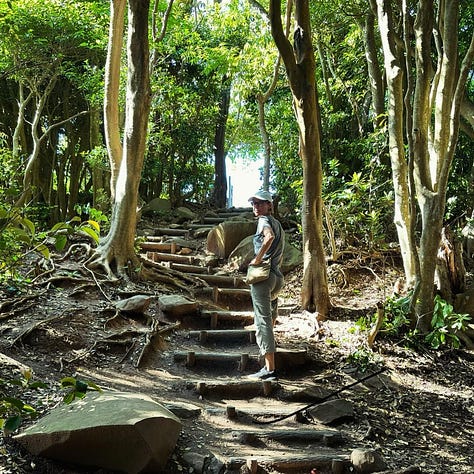
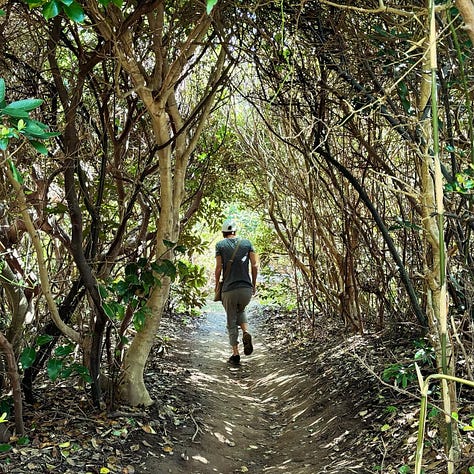
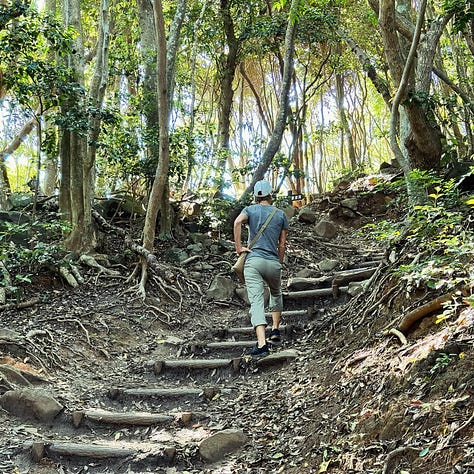
The internet later explains that the inspiration for Miyazaki’s famous scenes came from here.
On top of the hill, we gaze at the ocean. We’ve let ourselves be guided again by coincidence, curiosity, and human connection. And we feel fortunate. Behind us lies the green pull of some ancient force and before us spreads the blue intensity of being at the edge of the world yet feeling thoroughly grounded.
Related Posts
Time to Say Goodbye
Is it still a good idea to travel to overtouristed Japan? Yes. But there’s no need to limit yourself to influencers’ must-sees. If you want to experience Japanese life, chitchat with kind locals, enjoy gorgeous landscapes, taste regional products, use fabulous toilets, and visit ancient shrines, you can go almost anywhere in Japan. Itoshima is only one example, our personal serendipity.
When you travel with an open mind and find what attracts you, your journey can be a transformative experience no matter where you go: Japan will take care of the magic.
All my best,
Claire
P.S. If you’ve never seen “My neighbor Totoro,” I recommend you correct this grave oversight as quickly as possible.





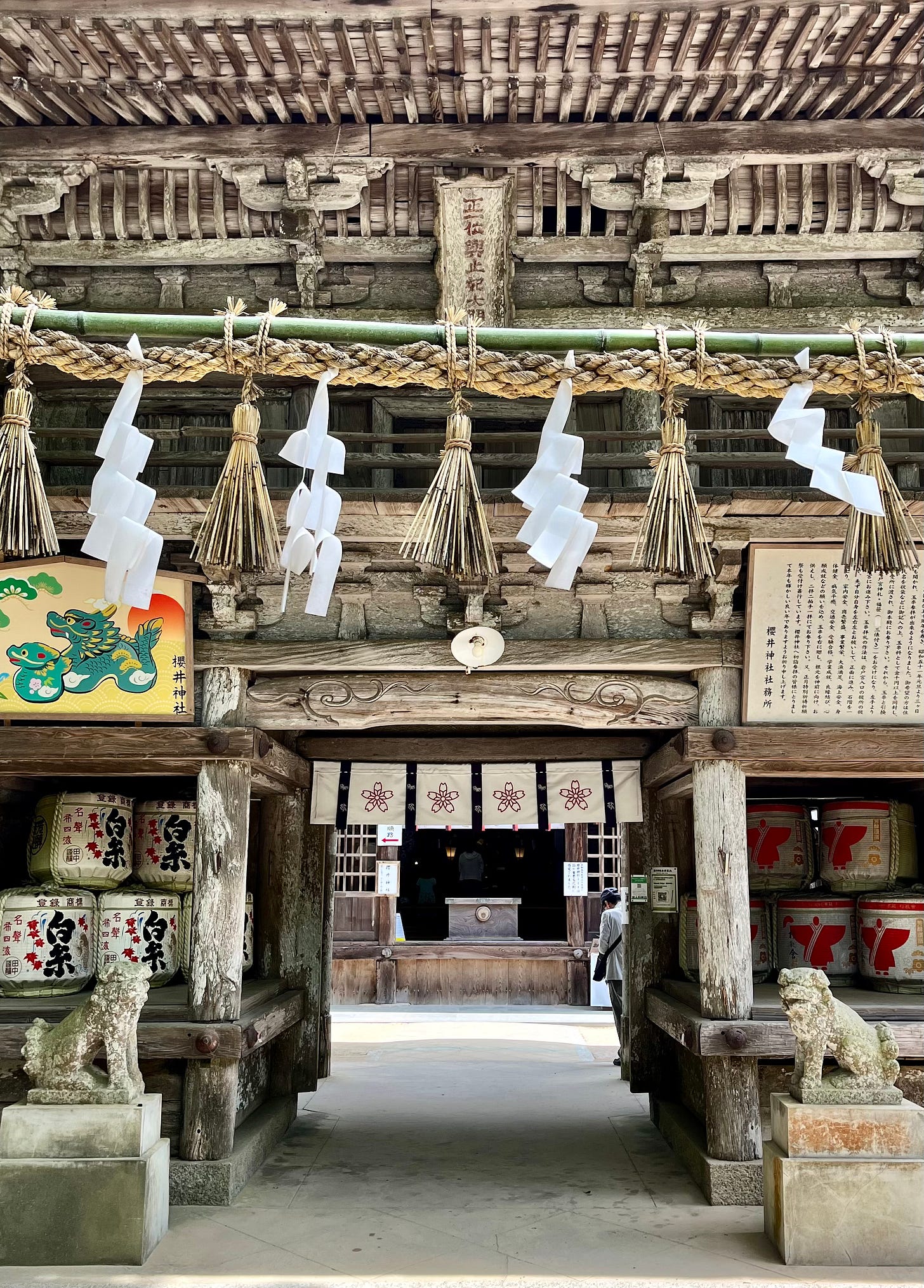
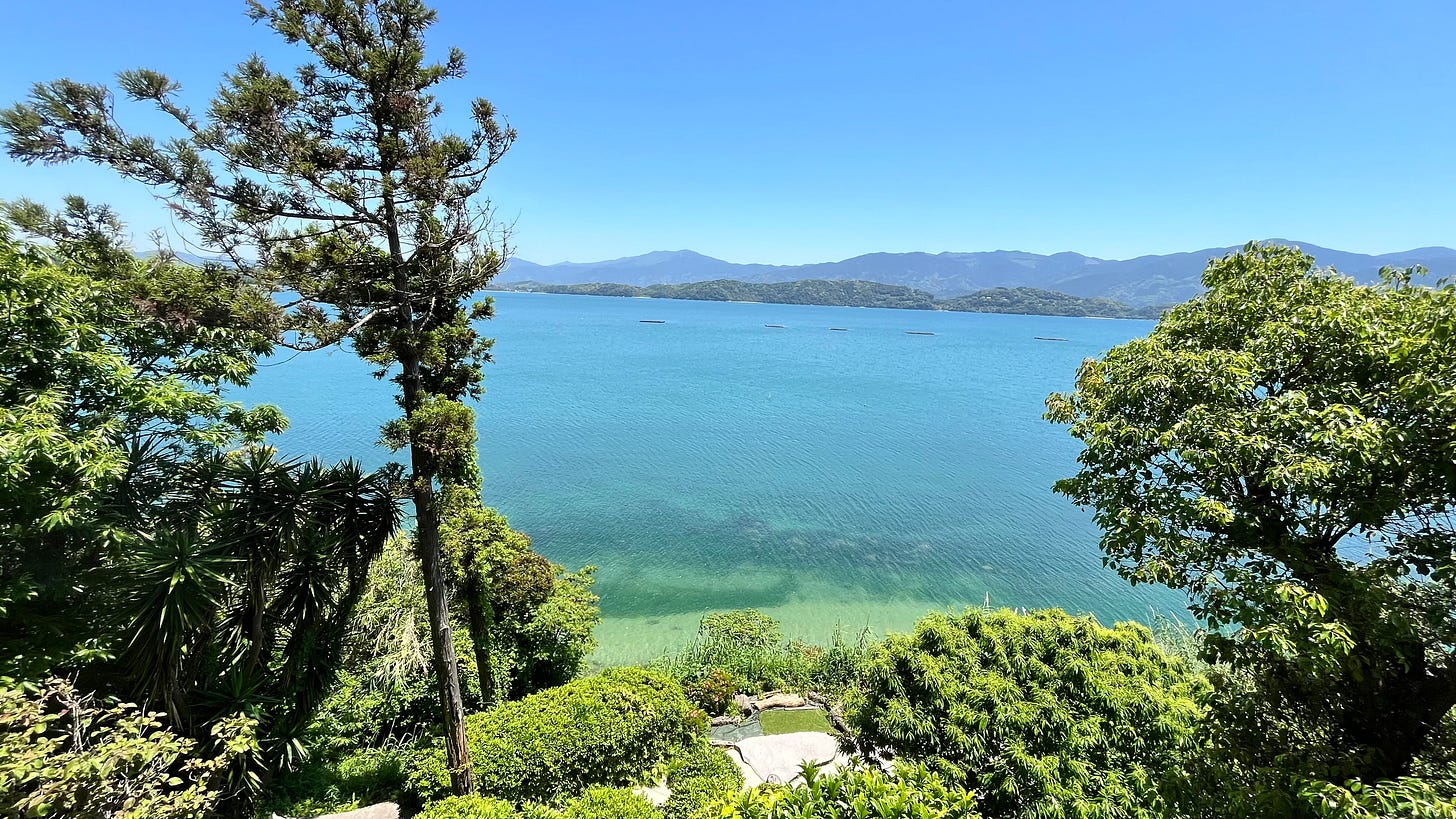
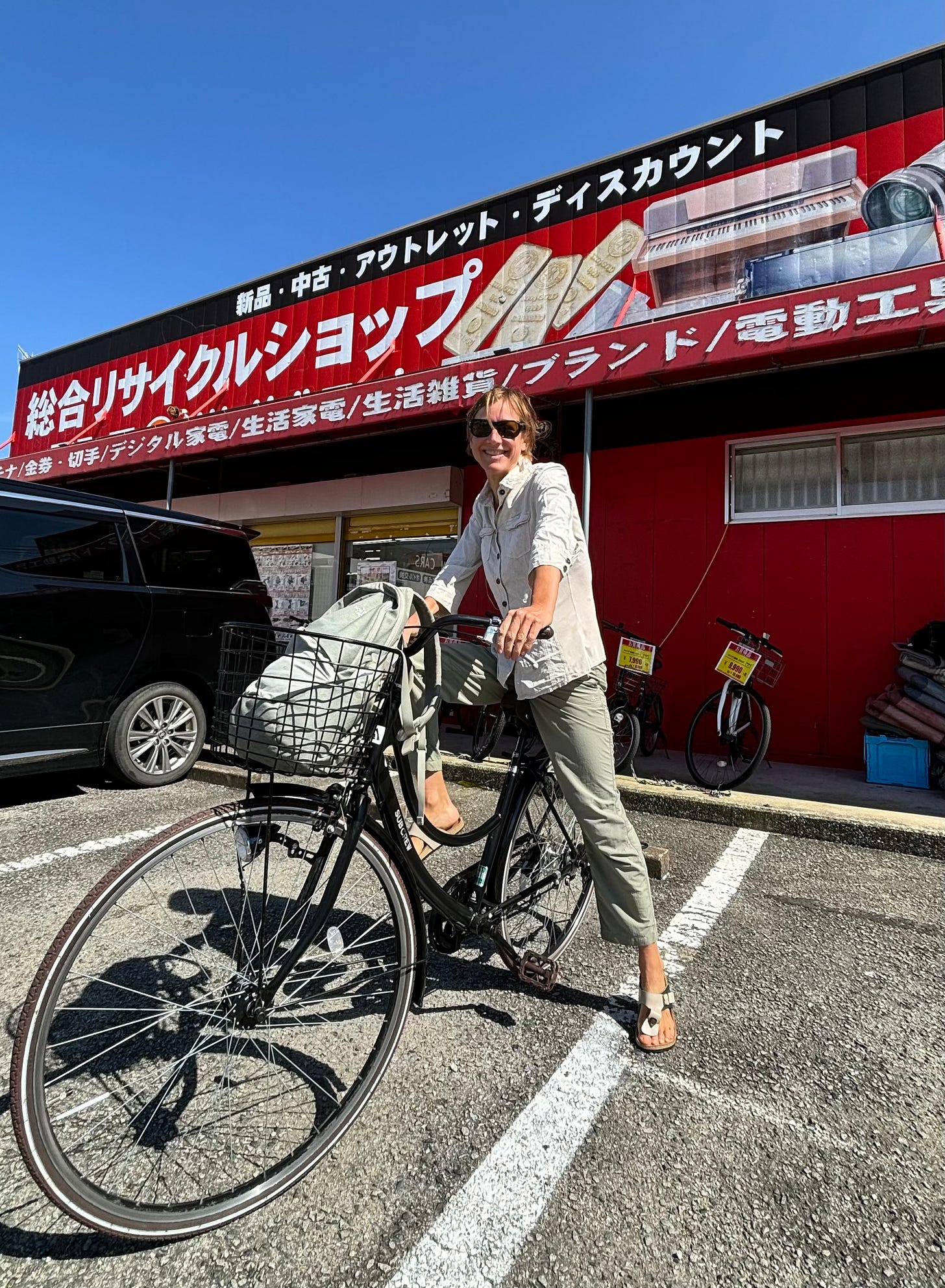
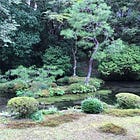



Loved this piece from start to finish--I felt I was right there with you...loved the glimpse into places less traveled....and I'm rushing to correct my "grave oversight!"
Makes me want to visit Japan one day.